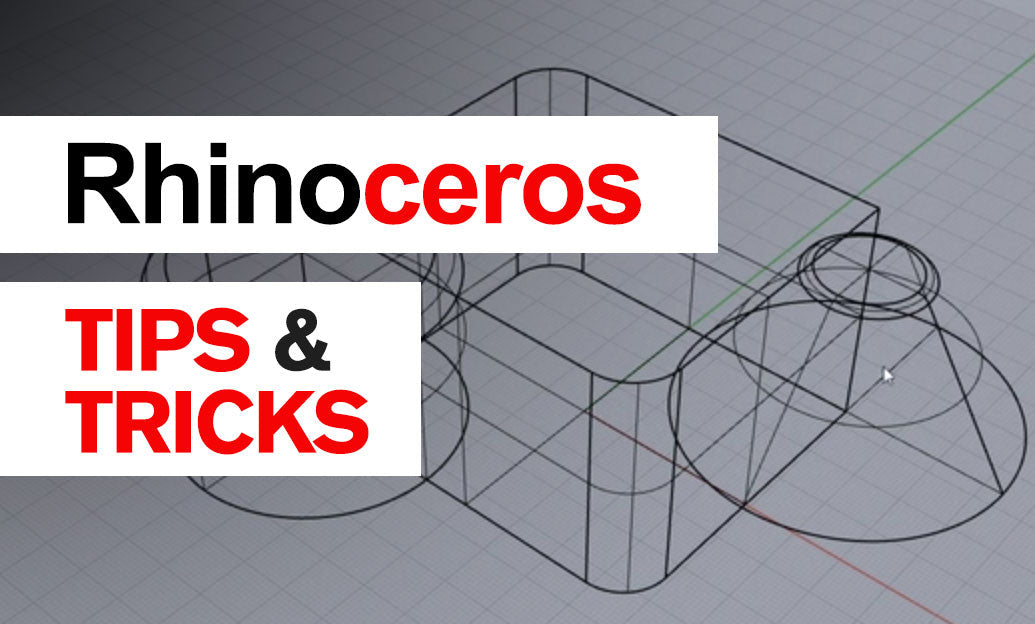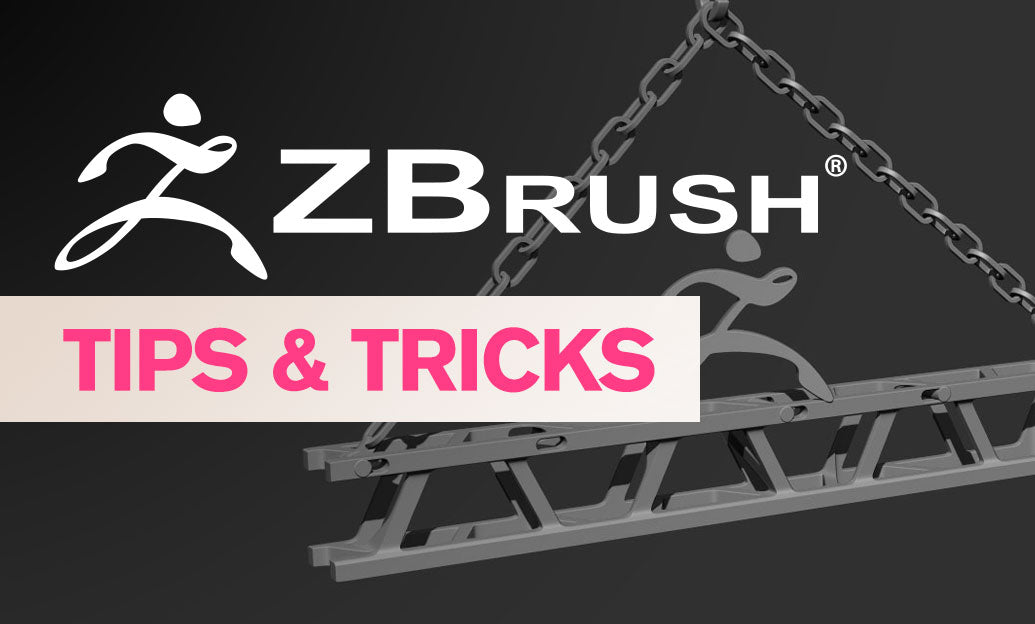Your Cart is Empty
Customer Testimonials
-
"Great customer service. The folks at Novedge were super helpful in navigating a somewhat complicated order including software upgrades and serial numbers in various stages of inactivity. They were friendly and helpful throughout the process.."
Ruben Ruckmark
"Quick & very helpful. We have been using Novedge for years and are very happy with their quick service when we need to make a purchase and excellent support resolving any issues."
Will Woodson
"Scott is the best. He reminds me about subscriptions dates, guides me in the correct direction for updates. He always responds promptly to me. He is literally the reason I continue to work with Novedge and will do so in the future."
Edward Mchugh
"Calvin Lok is “the man”. After my purchase of Sketchup 2021, he called me and provided step-by-step instructions to ease me through difficulties I was having with the setup of my new software."
Mike Borzage
Rhino 3D Tip: Enhancing Design Workflow: Efficient Integration Techniques for Rhino 3D and Adobe Photoshop
July 04, 2024 2 min read

Integrating Rhino 3D with Adobe Photoshop can significantly enhance your design workflow, allowing you to create stunning visuals by combining the best of 3D modeling and graphic editing. Here are some workflow tips to help you work efficiently between Rhino and Photoshop:
- Optimize Your Rhino Model: Before exporting your Rhino model, make sure it is clean and optimized. This means removing any unnecessary geometry and organizing your objects into layers for easier selection and editing in Photoshop.
- Export Views as Images: Use the 'ViewCaptureToFile' command in Rhino to export your preferred views as high-resolution images. Consider using the transparent background option if you plan to edit the background in Photoshop.
- Layered Files: When exporting your model, use file formats that support layers (such as TIFF or PSD) to maintain a non-destructive workflow in Photoshop.
- Smart Objects: Once in Photoshop, convert your Rhino layers to Smart Objects. This allows you to apply non-destructive transformations and filters, which can be adjusted or removed at any time.
- Masks and Selections: Make use of Photoshop's selection tools to create masks. This will enable you to edit specific parts of your rendering without affecting the rest of the image. You can refine edges for a more precise selection.
- Adjustment Layers: Utilize adjustment layers to tweak the brightness, contrast, color balance, and more. Adjustment layers affect all layers below them and can be turned on or off, providing flexibility in your editing.
- Adding Textures and Details: Photoshop excels at texture editing. Import texture files and overlay them onto your rendered model to add realism, such as surface imperfections or decals.
- Shadows and Lighting Effects: Use Photoshop's tools to enhance the lighting of your scene. Paint in shadows or highlights to emphasize form and depth, or use the Lens Flare and Lighting Effects filters for dramatic impact.
- Compositing: If you've rendered different elements separately, use Photoshop's compositing features to bring them together. This can include combining different rendering passes or integrating your 3D model into a real-world photograph.
- Final Touches: Apply final touches such as sharpening, noise, and vignetting to give your image a finished and cohesive look.
Remember, the key to a smooth workflow between Rhino and Photoshop is to keep each step editable. For more tips and tricks, visit NOVEDGE, your software store for design professionals.
You can find all the Rhino products on the NOVEDGE web site at this page.
Also in Design News

Cinema 4D Tip: Noise Shader Best Practices for Procedural Variation
October 31, 2025 2 min read
Read MoreSubscribe
Sign up to get the latest on sales, new releases and more …




